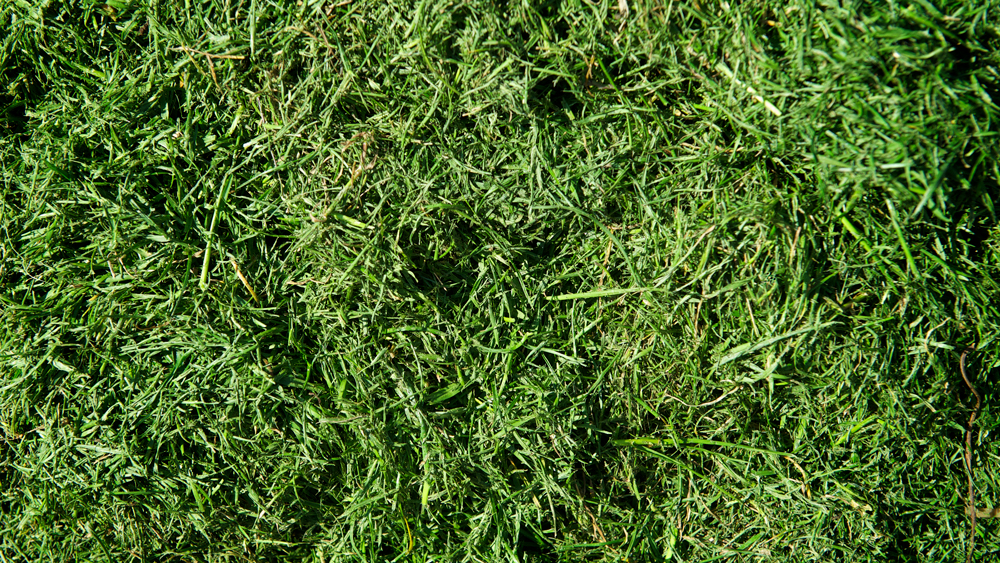Maintaining a large lawn doesn’t have to be complicated. Just follow these four simple steps to keep it healthy and green — and save a lot of green on your water bill.
As many faithful newsletter readers know, I’m not fond of landscapes that limit the growth and health of my beloved trees and perennials.
That said, if you do have a lawn I will not criticize you for it. Instead I’ll share with you just how simple managing a lawn can be — and it doesn’t require expensive tools or chemicals, or an exorbitant amount of water.
Follow these simple rules and you’ll have a healthy green lawn that uses minimal water.
- Select the correct grass type. Abandon the idea that you can have any grass species you want. The amount of sunlight determines your species. Ten hours or more of direct sunlight dictates Bermuda Less than ten hours and you’re limited to zoysia and St. Augustine. If you have less than five hours of direct sunlight, then forget about a lawn. It’s not going to happen, period.

- Mow weekly. Select one day a week as your mowing day and stick to it. Mowing weekly improves grass health and reduces weeds. Always mow at a single height — 2.5 inches for St. Augustine, 2 inches for Zoysia and 1 ½ inches for Bermuda grass. I personally just adhere to a single height of 2 inches.

- Compost and aerate. Second to mowing, composting and aeration are the most important activities you can do for your lawn. Compost annually, once or twice a year in early spring and fall. Aerate annually or every other year. Together they increase the soil’s ability to absorb water and oxygen and encourage strong roots. That translates to less need for nutrients and water.

- Leave the clippings on the lawn. Grass is a “heavy feeder,” meaning it requires more nutrients than other plants. Leaving the clippings and adding compost in spring and fall eliminates the need for additional fertilizer most of the time. If the blades are not growing or are light green in color, then additional fertilizer may be needed. Apply fertilizer only after April 15 and before Oct. 30 and never more than one pound nitrogen per 1000 square feet of lawn per application.

By following all these steps, you can dramatically reduce water use to once a week, and most of the time to no more than twice a month.
The most important times of the year to water are spring and fall. Grass in South Texas, whether native or non-native, is adapted to grow in spring and fall, not summer. Please help them with their natural tendencies and don’t water when it has rained during the week or even the previous week.
Above all, follow the Garden Geek’s watering recommendations. He’s done all the calculations for you!
And be sure to join me and my other knowledgeable co-workers Thursday, June 3 at noon as we explore Texas Alternatives to Grass.


